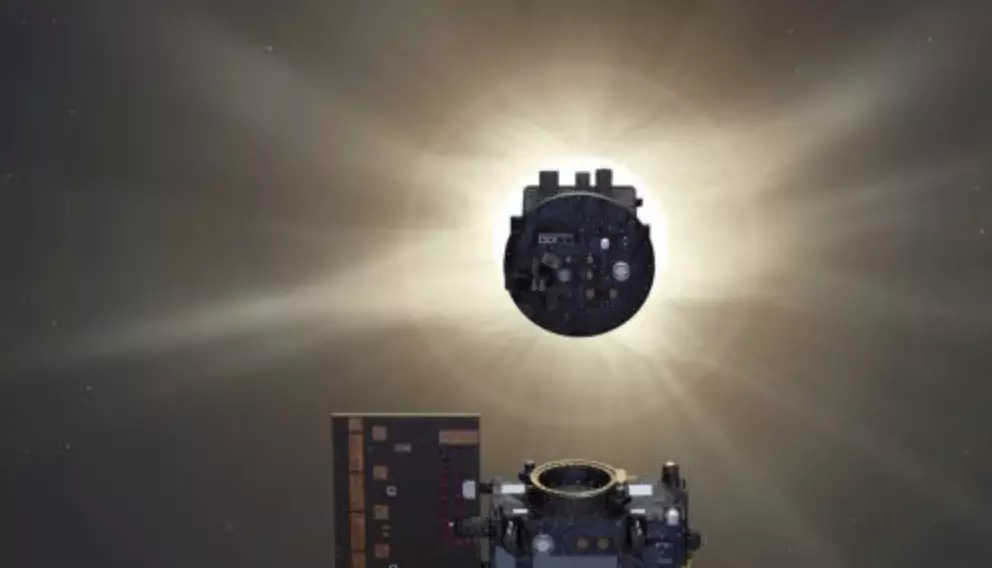Aditya L1 and Proba-3 to collaborate on solar observations in 2025
Aditya L1 and Proba-3 to collaborate on solar observations in 2025

In an exciting development for solar research, India’s Aditya L1 mission will collaborate with the European Space Agency's (ESA) Proba-3 mission for joint solar observations starting in 2025. These two space missions will share the goal of studying the Sun, each equipped with a coronagraph – an instrument designed to block the Sun's intense brightness and allow astronomers to focus on its outer layers and surrounding features.
Launched by India in September 2023, Aditya L1 has been operational since January 2024, stationed at the Lagrange point (L1) about 1.5 million km from Earth. The Proba-3 mission, launched by ESA just last week, is the first mission involving two satellites flying in formation to simulate a solar eclipse, allowing detailed studies of the Sun's corona.
The key instrument on both missions is the coronagraph. Aditya L1 carries the Visible Emission Line Coronagraph (VELC), while Proba-3 features the Association of Spacecraft for Polarimetric and Imaging Investigation of the Corona of the Sun (ASPIICS). ASPIICS, in particular, provides a field of view between the Sun's inner and outer corona, an area typically only visible during a solar eclipse. It is equipped with a 1.4-meter occulting disk that will offer unprecedented views of the corona from a distance of 1.08 solar radii, compared to the previous limit of 3 solar radii.
Scientists from both India and ESA recently met in Chennai to discuss the coordination of joint solar observation campaigns. Dipankar Banerjee, director of the Indian Institute of Space Science and Technology, Thiruvananthapuram, highlighted the potential benefits for both the Indian and European scientific communities from these collaborative efforts.
Following the successful launch of Proba-3 on December 5, ESA’s mission operations team in Belgium has been monitoring the spacecraft's performance, which is progressing as expected. The commissioning phase is currently underway, involving initial calibrations and checks. Solar observations are expected to begin by March 2025. The first operations from Proba-3 could involve the Digital Absolute Radiometer (DARA), which is designed to measure the Sun's total energy output, known as total solar irradiance.
ESA has indicated that the separation of the Proba-3 spacecraft and the start of their operational phase will take place in early 2025. This will lead to active formation flying and the first observations of the solar corona through this groundbreaking mission collaboration.

